Academic Affairs
Universities Seek New Strategies to Address Summer Melt
The Way I Remember the High School to College Transition Ritual It was 2:59pm. I had made my way to […]
Academic Affairs
The Way I Remember the High School to College Transition Ritual It was 2:59pm. I had made my way to […]
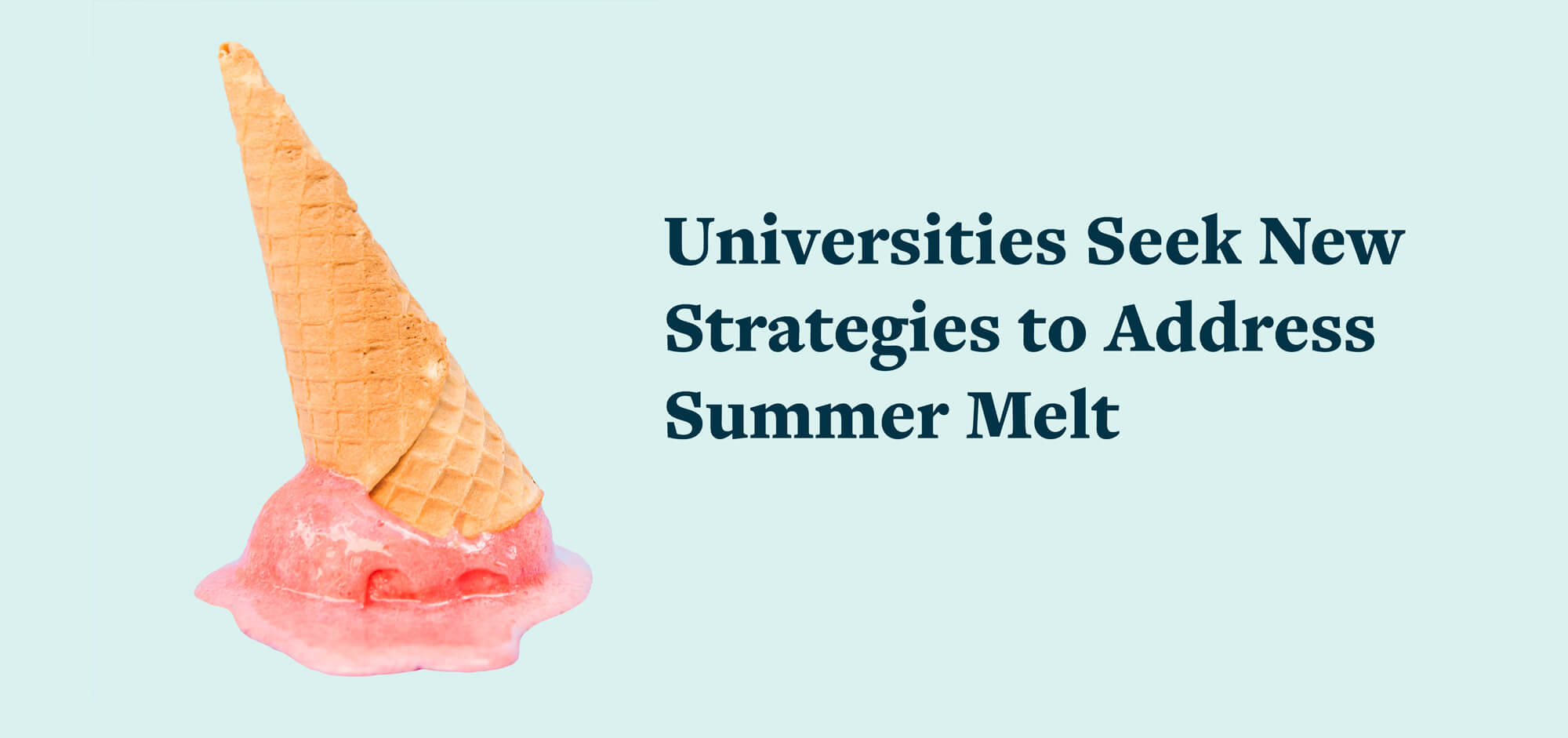
It was 2:59pm. I had made my way to a quiet, hidden part of my high school’s library. In 60 seconds, I would find out whether I would be accepted or rejected at my dream college – the University of Pennsylvania. I pulled up the webpage hoping maybe the staff had released decisions early, but found nothing. It was crazy to think that this one fateful decision had been years in the making. From hours practicing for the SAT to endless extracurriculars hoping to make myself a more well-rounded candidate, thousands of micro-decisions over four years had prepared me for this moment. I clicked refresh again, same blank page. In a moment of deep reflection, I realized how lucky I was to even have this opportunity and silently thanked my parents, who put investments in my education over their own interests. I clicked refresh once more and the page changed. “Congratulations!”
I remember the incoming student receptions and meet ups where I connected with other soon-to-be Quakers. All of us were equally as nervous but also equally as excited to make friends. We mingled with each other apprehensively and talked about what our first Mid-Atlantic winters would be like. We also met with local Penn alumni who talked about how vital the university network had been to their success. Those interactions made me even more eager to get to Philadelphia and begin my college experience.
But, I also remember the giant stacks of forms — with countless requirements and tasks — that I needed to complete in order to officially become an enrolled student at Penn. As many of my peers did, I procrastinated on these tasks so I could relish my final summer as a high school student. From immunization records to housing forms to roommate and course selection — it felt like a never ending list of assignments that all were very stressful.
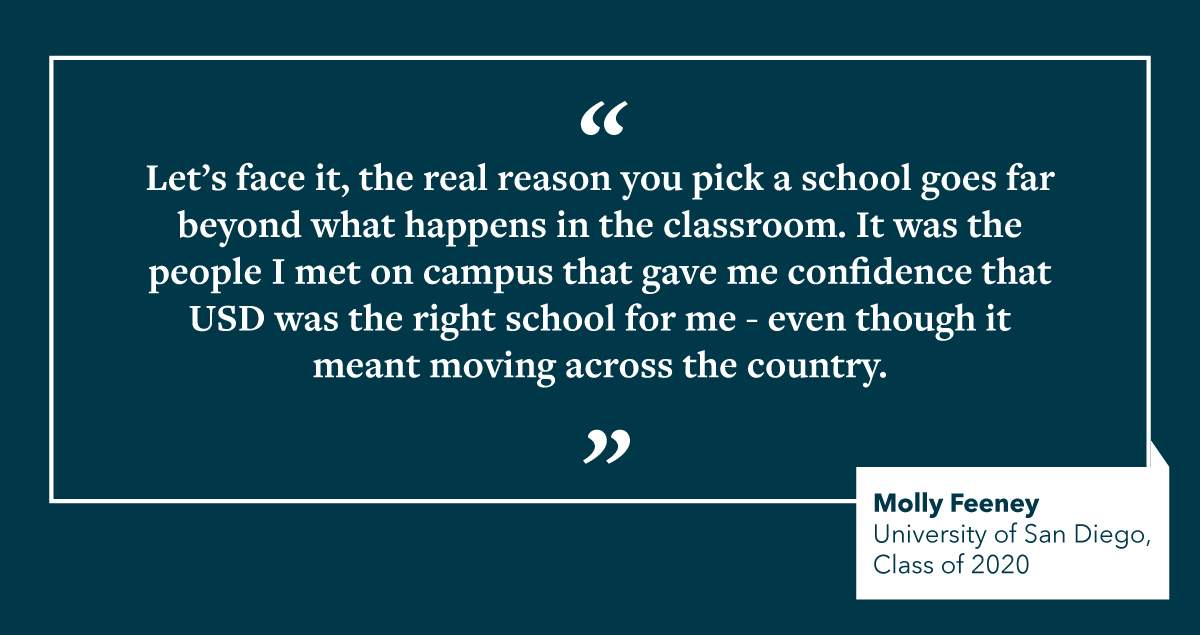
I was as lucky that I had a support system around me to guide me through the process. Not only were my parents hawkishly watching the mail to ensure we saw every letter, but the entire Penn community was at my disposal. With campuses closed and the prospect of large summer send off gatherings unlikely, this year’s incoming students could have an isolated and confusing summer. But it doesn’t have to be this way.
The phenomenon of summer melt — the propensity for students to alter their college-going plans between committing with a deposit and first day of classes — is not a new problem. In even the best years, as many as 40% of students may not show up on campus according to the Michelle Obama founded initiative Reach Higher.
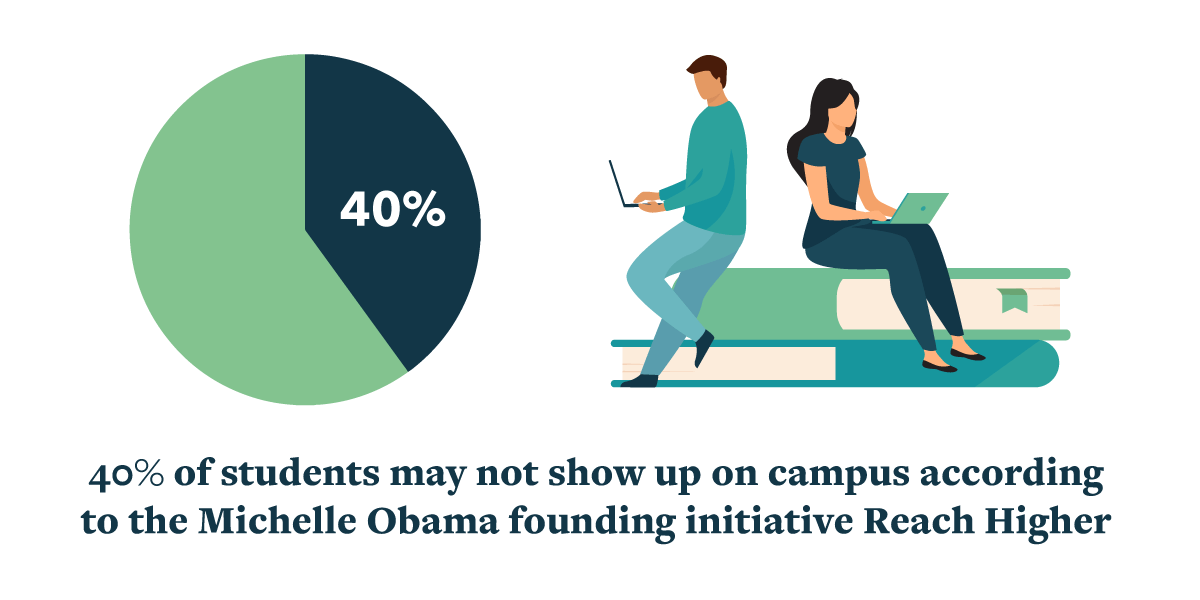
The reasons that a student may melt can be varied and complex. A student’s financial situation may change or they may come off the waitlist at a school they prefer more. They may also simply choose to stay closer to home. But there are also variables to melt that schools can control. If students do not submit class forms, immunization records, or any other necessary documentation they may be removed from the class. Often, students don’t submit these because they didn’t know that they’re required. This disproportionately affects underprivileged and first generation students. A family misses one letter in the mail and the student’s chance at their dream school can evaporate.
This year’s melt could be the worst yet as the factors out of an institution’s control are more dire. It’s completely understandable that the uncertainties around campuses reopening would give students pause going into the fall semester. In fact, some studies are showing that current students overall are 30% more likely to re-enroll if campuses are open. Other polls are finding that 12% of students who have already made a deposit no longer plan on attending a 4-year institution. Google is reporting that searches for the question “What is a gap year?” shot up 180% in the last week of April.

And yet, there are variables within our control that we must act on. We have the ability to demonstrate to students that the education they get will be worth the cost and effort regardless of the method in which it is delivered. The universities who will make it out of this crisis in the best shape and with filled seats (real or digital) will be those who proactively adapted to the needs of incoming students as well as their parents and created a differentiable customer experience.
The answer lies in continuing to focus on helping students understand the path before them. Enrollment and admissions leaders have already moved quickly to introduce prospects, applicants, and admits to the power of their university community. Brand ambassadors have shared their authentic stories with these students in the hopes that they can help the interested party find their elusive “fit.” Now that the student is deposited and enrolled, the community is no less powerful. In fact, without the ability to plan large summer send offs and other gatherings like the ones I attended, finding innovative ways to introduce the community may be the only way to truly reassure students that they will find what they are looking for out of their college experience.
Often, the impact of the institutional community is taken for granted in strategic enrollment management. From recruitment, to onboarding, and retention; a conversation with a trusted resource can make all the difference for a questioning student.
This spring, the University of San Diego took a community based approach to driving yield and saw amazing results. Looking ahead PeopleGrove has built tools to continue to yield students and decrease potential melt by helping incoming students feel like a part of your community before the fall semester even start.
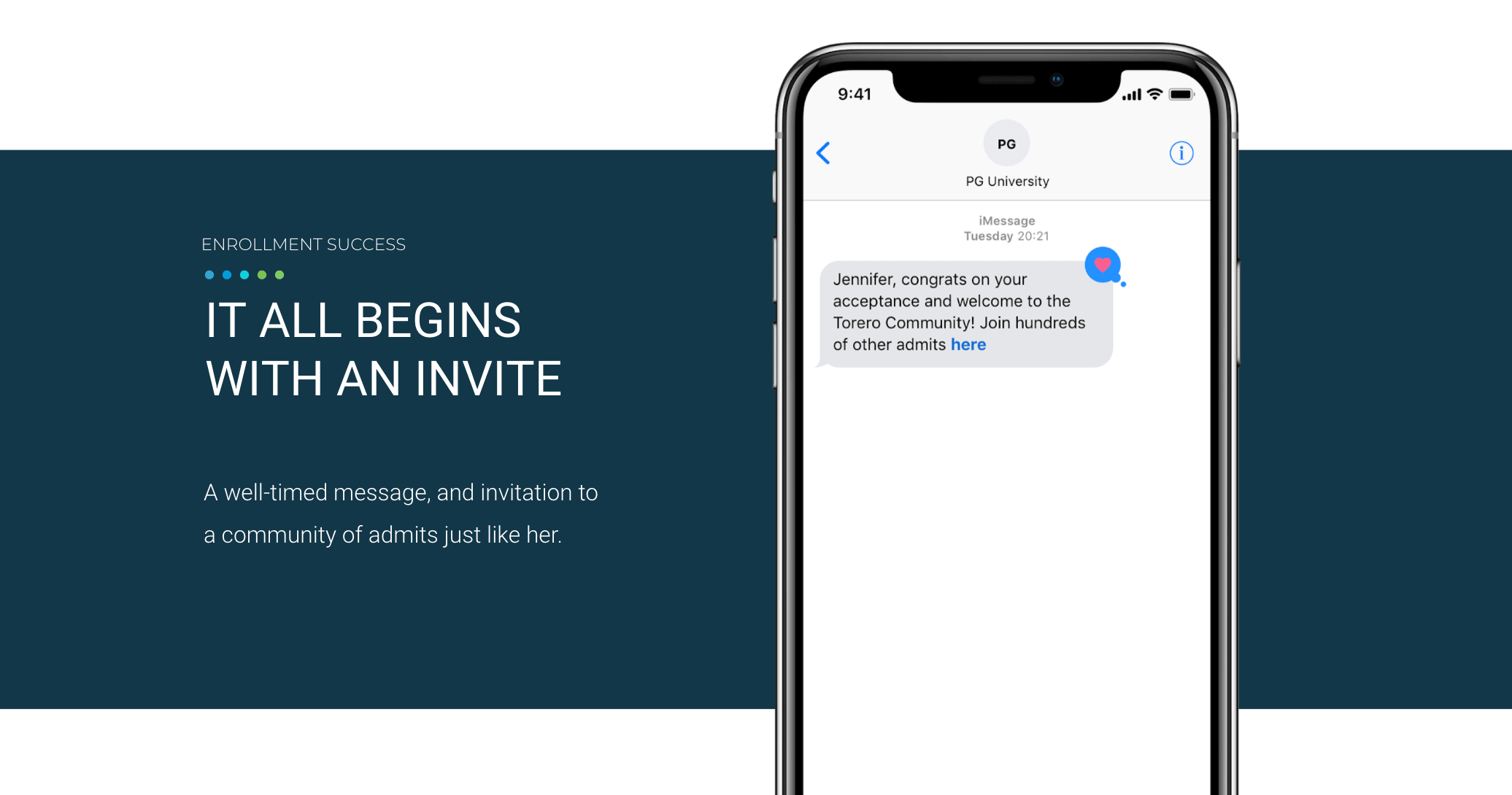
Picture this, you’re just about to make what feels like the biggest decision of your life – to move across the country and enroll at Penn. What happens next? You receive an onslaught of impersonal emails with lists of to-dos. Excitement gradually dissipates…At Trinity College, they took a much different approach this Spring. Shortly following on the excitement of the acceptance, Trinity’s admitted students received a tailored invite welcoming them to an exclusive community – the Bantam Ambassador Network.
Recognizing that this year’s incoming class is as likely to be made up of high school age students as it is adult learners looking to reskill, a one-size-fits-all message is doomed to fail. So once incoming students join the community, they will be welcomed not only by Trinity’s admissions staff, but by real students with shared interests and similar backgrounds.
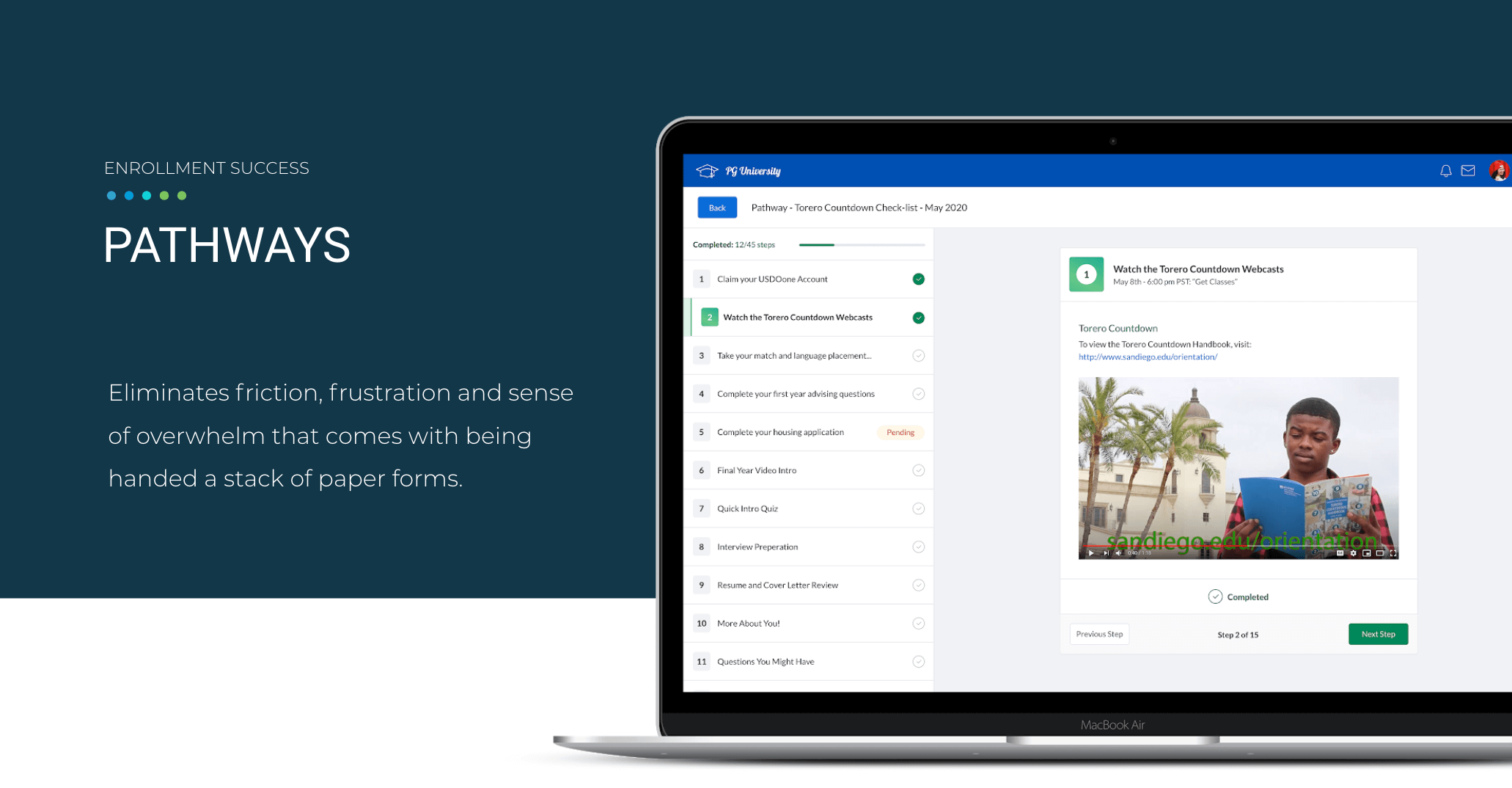
Each student’s transition experiences are going to be different for many different reasons. Are there differences for out-of-state students? International students taking online classes? Those who are first in their family to go to college or from a low-income background? There are critical and distinct steps that incoming students must complete, not only for students to be prepared for Day 1 but also so your institution can plan and allocate resources.
The University of Tennessee isn’t leaving these steps to chance. With the launch of their custom-built orientation website, students are presented with a clear onboarding plan and to-do list. At the University of San Diego, they’ve introduced PeopleGrove’s Pathways product as a means to not only guide student orientation with dynamic multi-media options – from embedded videos, reflection quizzes, and prompts to meet with orientation leaders – but also as a way to track student progression and better identify those students who may need some extra help. They’ve amplified the benefits of human touch.
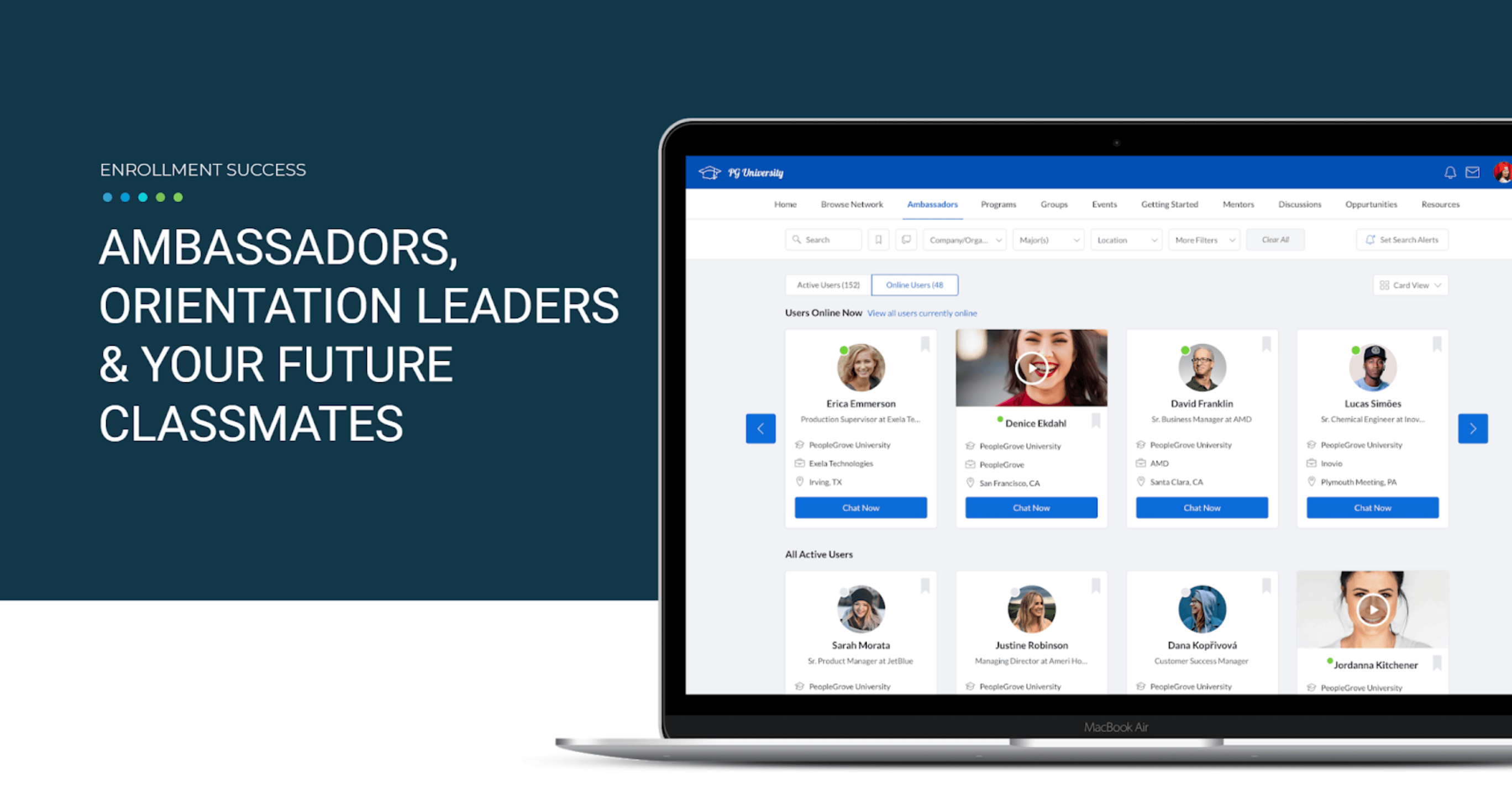
Even the most intuitive onboarding checklist or website in the world has its limitations. Questions inevitably will arise that have the potential to completely derail a student’s momentum and push them off course. It is those moments where the support of your community is desperately needed and can make a huge impact on a student’s matriculation. As consumers, we experience it ourselves – the joy of talking to a real helpful customer support representative as opposed to [insert name of your least favorite cable company]. The team at University of San Diego is not leaving student matriculation to chance. Within the Torero Ambassador Network, Professors, Faculty and Staff have made themselves available to answer one-off questions such as:
While it may only take a few minutes of staff time, just a bit of human touch can make all the difference.
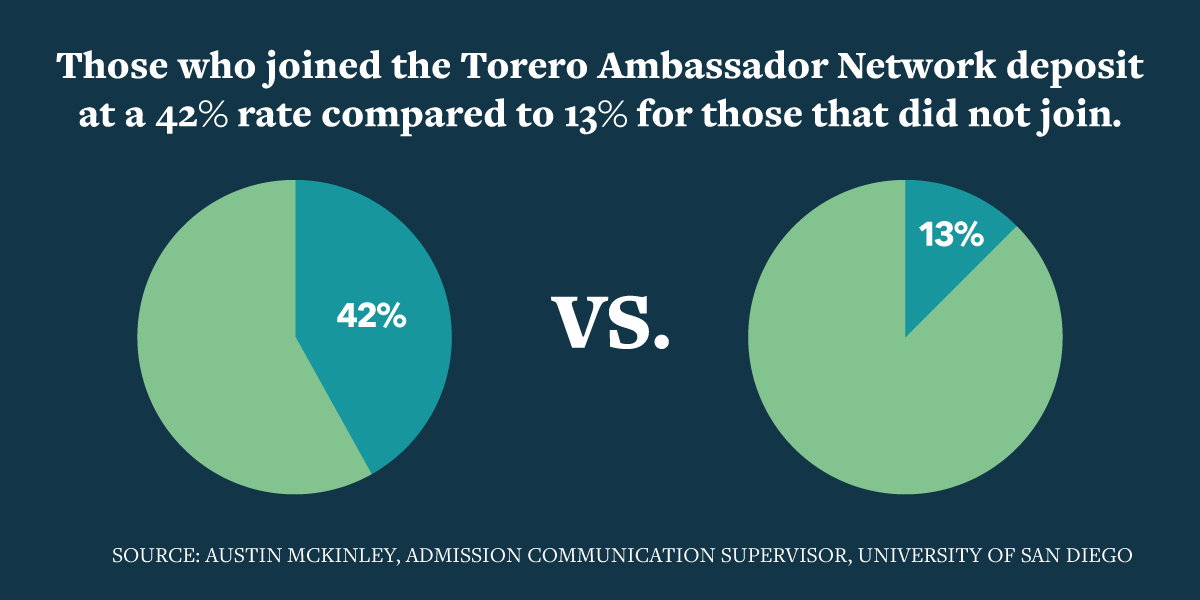
We also understand the importance of early detection and intervention. When a student engages with an ambassador or remains stuck on step 4 of 10 of their onboarding checklist, what does that mean? Does that predict whether they will melt? What kind of impact could an encouraging text from a peer or orientation leader have.
Any input or intervention – in this case to reduce summer melt – is only as good as the data outcomes. With our integrations with CRM systems such as Slate, Salesforce and more, partners like University of Rochester can easily connect the impact of their efforts and programming on yield and summer melt.
Looking back, my four years at Penn have helped me in ways that I could not have imagined. Professionally speaking, I can confidently credit each and every opportunity I’ve been fortunate to have access to back to Penn. This is true for students at all universities, where Bachelor’s degree holders earn 31 percent more than those with an Associate’s degree and 84 percent more than those with just a high school diploma.
It is more important than ever that we put the customer first — our students. Their decision to enroll or not enroll may be impacted by a single conversation and words of encouragement.
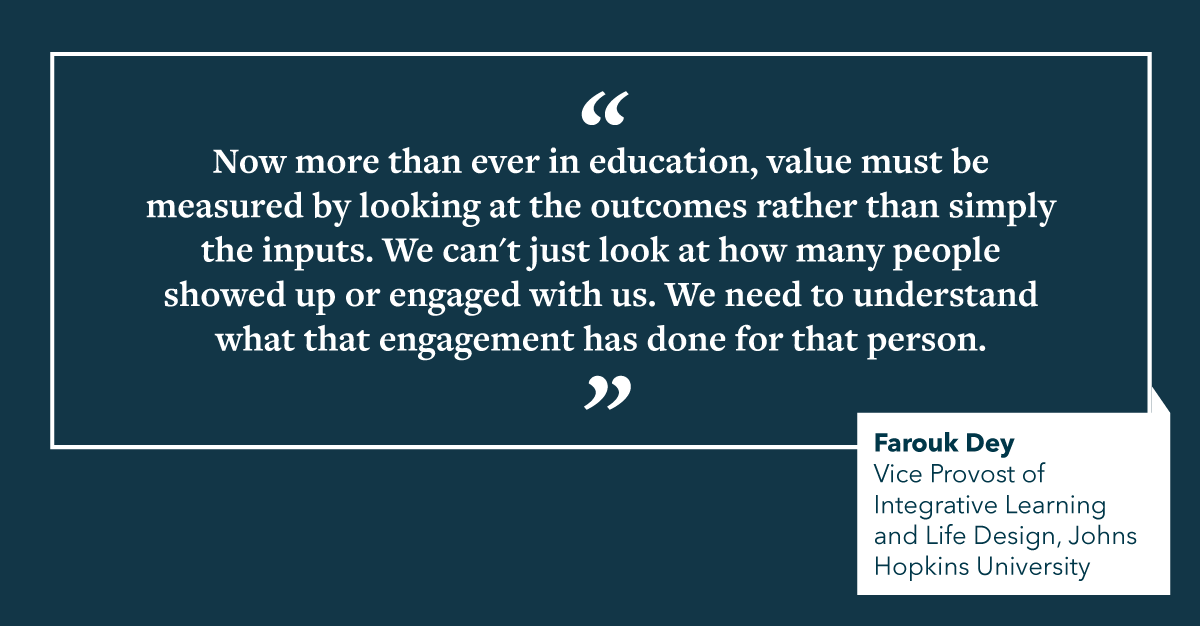
For some, it may be the right decision to take a gap year or enroll in their local community college. For others, the stack of papers in front of them might impede what could be a great decision to pursue a 4-year degree.
This is a moment for change in higher education. As a recent Forbes article said,
“The road to recovery lies through change and innovation. If colleges and universities use this crisis to put themselves on that high road, and assure the safety of their students, they can send fall tuition bills with a clear conscience.”
Most of that change and innovation may be things that have been happening on your campus already, and have simply been accelerated by the current crisis.
At PeopleGrove, we have always focused on innovation in our work. It’s a part of our DNA. That innovation is done in collaboration with our own partner community who are the ones focused on driving this new student journey. We’re grateful for the opportunity to continue the work of helping students reach their full potential.